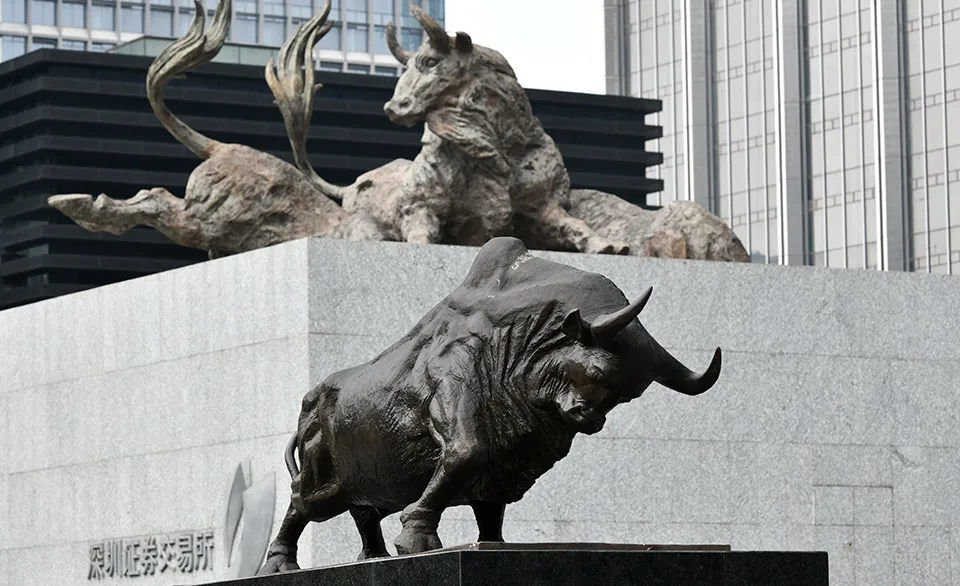It’s hard to believe that China’s asset management industry didn’t exist until 1998, or that the first foreign-invested joint venture didn’t open for business for another five years.
Since then, the industry has boomed, growing from $1.55 billion in total assets under management (AuM) at the end of 1998 to $2 trillion at the end of 2018. KPMG tips that number to hit $5.6 trillion by 2025, making China the second-largest asset management market in the world.
Access intelligence that drives action
To unlock this research, enter your email to log in or enquire about access




